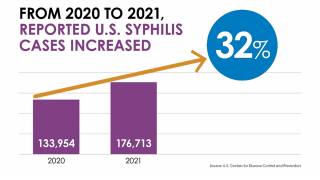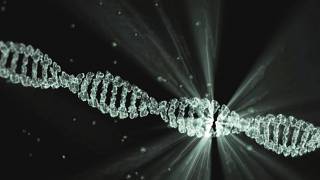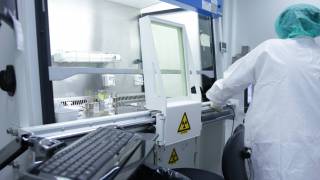HIV Vaccine Awareness Day Celebrates the Breadth and Potency of Research

On May 18, 2018, the 21st anniversary of HIV Vaccine Awareness Day (HVAD) will be celebrated by the National Institutes of Health’s National (NIH) Institute of Allergy and Infectious Diseases (NIAID).
Even though there is currently no vaccine available to prevent HIV infection, advocates recognize the “breadth and potency” of the current research landscape.
Vaccines historically have been the most effective means to prevent and even eradicate infectious diseases. Like smallpox and polio vaccines, a preventive HIV vaccine could help save millions of lives.
Unfortunately, in 2015, over 39,000 people were diagnosed with HIV infection in the United States, and more than 2.1 million people became newly infected with HIV worldwide, reports the NIH.
In the United States, NIH data shows that around 87% of the infected population are aware of the status, but less than half of those who have been diagnosed have their virus under control.
To ultimately end HIV globally, we need an HIV vaccine.
The current NIH supported vaccine trial, a pivotal Phase 2b/3 ALVAC/Bivalent gp120/MF59, called HVTN 702, is testing whether an experimental vaccine regimen safely prevents HIV infection among adults.
“If deployed alongside our current armory of proven HIV prevention tools, a safe and effective vaccine could be the final nail in the coffin for HIV,” said Anthony S. Fauci, M.D., director of the NIAID, part of the NIH.
“Even a moderately effective vaccine would significantly decrease the burden of HIV disease over time in countries and populations with high rates of HIV infection, such as South Africa.”
Another Phase I vaccine clinical trial that might have the potential to prevent HIV infection will begin at four sites in the United States.
The UMass Medical School is leading this study which hopes to harness the power of DNA vaccines to create an immune response against HIV.
This study, which is the result of research by Shan Lu, MD, Ph.D., UMass professor of medicine and biochemistry & molecular pharmacology, is being run by the HIV Vaccine Trials Network (HVTN).
A third HIV vaccine study, lead by Phil Berman, the Baskin Professor of Biomolecular Engineering at UC Santa Cruz, and funded by the NIH, deployed robotics to solve previous technical problems.
This new robotic process shortened the time required to produce stable cell lines from 18 to 24 months to just 2 or 3 months while increasing yields by a factor of 100 to 200.
"We can now make vaccines with it for the first time, and we've created an improved version of the vaccine used in the RV144 trial.”
“Our hope is that it will bring the efficacy up from 31 percent to greater than 50 percent, the level likely required for product registration," said Berman.
Without a commercially available vaccine to prevent HIV infections, people living with HIV have access to the life-saving treatment called antiretroviral therapy (ART).
When people living with HIV achieve and maintain viral suppression by taking medication as prescribed, they can stay healthy for many years and greatly reduce their chance of transmitting HIV to their partners.
In addition, others who are at high risk for HIV infection may have access to pre-exposure prophylaxis (PrEP), to prevent HIV.
The long-term goal is to develop a safe and effective vaccine that protects people worldwide from getting infected with HIV.
“A partially effective vaccine could decrease the number of people who get infected with HIV, further reducing the number of people who can pass the virus on to others, said Dr. Fauci.
“By substantially reducing the number of new infections, we can stop the HIV epidemic.”
Our Trust Standards: Medical Advisory Committee

























